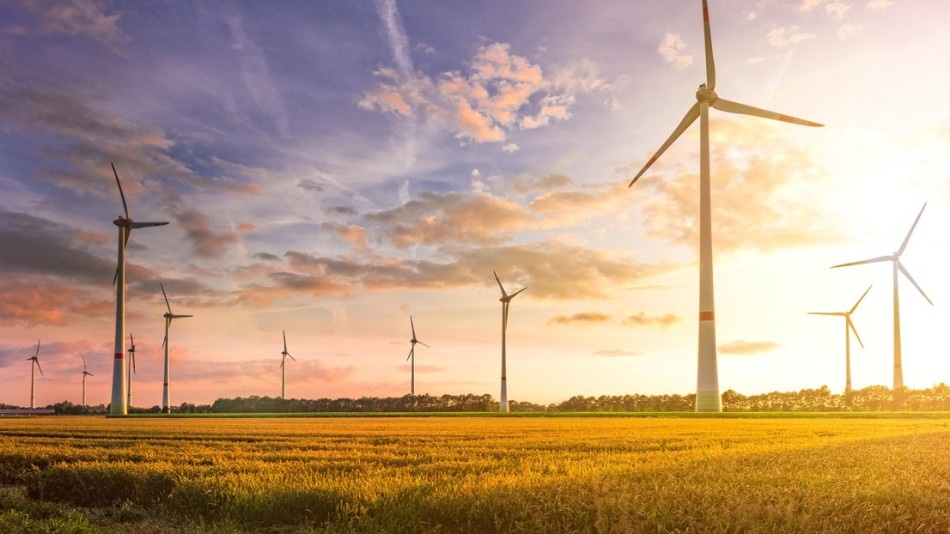Jul 5 2019
A new model developed by EPFL researchers can help policymakers to account for uncertainties when plotting their energy strategy decisions.
 Many countries are developing an energy strategy to reduce reliance on fossil fuels, cut CO2 emissions and promote the energy transition (Image credit: iStock)
Many countries are developing an energy strategy to reduce reliance on fossil fuels, cut CO2 emissions and promote the energy transition (Image credit: iStock)
Today, strategies like that are largely based on forecasts of energy demand, technology costs, and fuel costs. Conversely, such forecasts are usually wrong and can lead to poor decisions.
In this regard, Switzerland and many other countries are developing an energy strategy to fulfill numerous objectives like reducing CO2 emissions, reducing dependence on fossil fuels, and supporting energy transition.
In other words, important decisions have to be made by governments about the type of power sources that need to be prioritized in the coming days, and the type of technologies to invest in. Such a strategy will help in striking the right balance between promoting clean energy and keeping public spending under control.
Such strategic decisions are often based on forecasts of electricity demand, solar power costs¸ natural gas prices, and an unlimited number of other parameters. Currently, energy planners feed these forecasts into computer models that subsequently detect the “best” strategies.
However, these forecasts tend to stretch out for approximately 20 to 50 years, and hence they are usually incorrect—that is, the output of the models is often incorrect as well. As a consequence, bad policy decisions are made.
Gas-Fired Power Plants Shut Down Before Ever Being Put into Service
For example, the Netherlands have invested heavily in gas-fired power plants, based on the assumption that the price of natural gas would stay low. However, their forecasts were mistaken, and many power plants were shut down before ever being put into service.
Stefano Moret, Study Author and Postdoctoral Researcher, School of Engineering (Industrial Process and Energy Systems Engineering Group), EPFL
A New Model to Consider Uncertainty
The EPFL researchers devised a novel method that factors in uncertainties related to energy-strategy decisions. More explicitly, the team came up with a model that does not use a set figure but instead utilizes a host of values for each input data.
Instead of saying that the price of natural gas will be 3 cents per kilowatt-hour for the next few years, for example, we can enter a range of between 1.5 and 5 cents, depending on how the market evolves. That means our model can incorporate variations in prices, cost and demand.
Stefano Moret, Study Author and Postdoctoral Researcher, School of Engineering (Industrial Process and Energy Systems Engineering Group), EPFL
The research performed by the team demonstrates that once such uncertainties are factored in, energy strategies that depend largely on renewable energy are not essentially more costly than those reliant on fossil fuels. The researchers’ findings have been recently reported in the European Journal of Operational Research.
Many Mistakes in Past Projections
Known as Energyscope, the new model is “a mathematical representation of an energy system with over 100 different input parameters,” stated Moret. “The problem with the models that governments currently use is that they are extremely complicated and can’t work with ranges.” In addition, a majority of those models are unavailable as open-source applications and hence have restricted reach.
The researchers, on their part, identified a number of mistakes in previous projections, with estimated values deviating from the actual values by as much as 200–300%. The forecast of natural gas prices in the U.S. is one such case.
The ranges programmed into the scientists’ model—for each of the hundreds of parameters—are based on expert opinions and historical data. For example, in order to establish the range of future interest rates, the researchers utilized projections and data from central banks and also discussed with economics professors.
A Joint Research
The researchers’ study was performed in the framework of the Joint Activity Scenarios & Modeling (JA-S&M) project for the Swiss Competence Centers for Energy Research (SCCER)—a consortium of eight universities that makes recommendations on energy modeling to the Swiss Federal Council.
The model being used by the Swiss government is not open source one and was created in the private sector. The EPFL scientists are now planning to outline a more aspiring strategy that would further reduce CO2 emissions.
This work is the outcome of a joint association between the EPFL laboratories IPESE, TRANSP-OR and LEURE.
Part of JA-S&M, the study is financially supported by the Swiss Innovation Agency Innosuisse.
New approach to energy strategy accounts for uncertainty
(Video credit: EPFL)